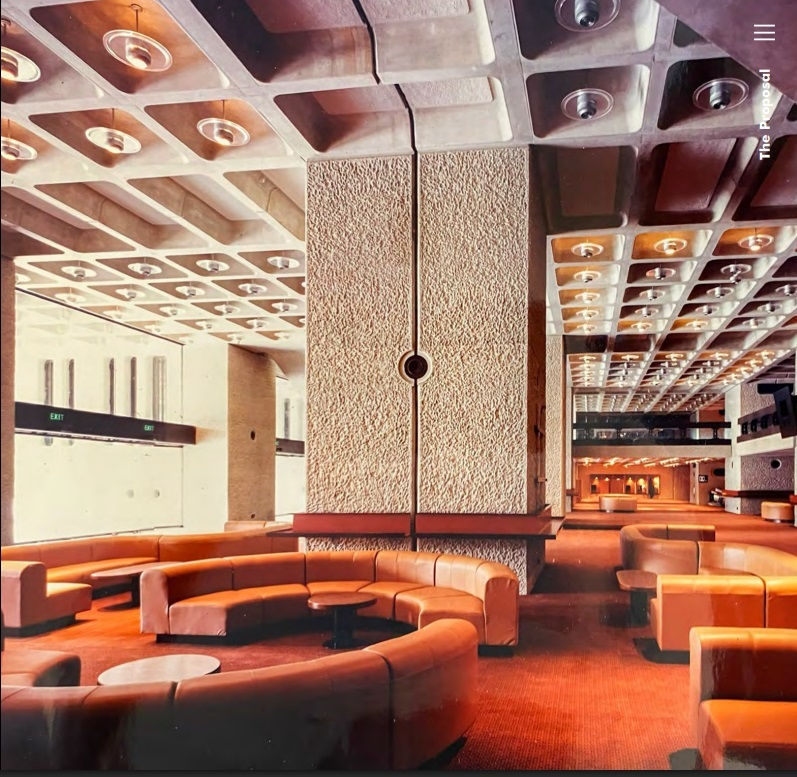Rogers on Rogers
- Chris Rogers

- Dec 20, 2021
- 3 min read
Updated: Jan 9, 2022
My first encounter with the work of Richard Rogers, who died on Saturday, occurred on a hot weekend in the late Eighties. For a couple of years I’d been interested in architecture historical and contemporary, and the latter finally brought me to the City of London. The building in front of me had been featured on television, covered in the press and even chosen for a set of commemorative stamps, but now I was actually looking at the real thing: Lloyd’s of London. Its stainless steel forms sat there in the sun, ticking softly like a cooling engine above the fascinating concrete undercroft, waiting for another working day to start. It was baffling, arresting and thrilling. A quarter of a century later I would share a room with the man who designed it, but for now this was a formative early experience.

That’s clear in the fact that I’ve since made the City my speciality, returning again and again in my research, writing and lecturing, and that remarkable building has often featured. Getting inside it for public tours and, later, those I have run myself, including one for the Twentieth Century Society to accompany the Royal Academy of Arts exhibition ‘Richard Rogers RA: Inside Out’ in 2013, allowed me to further understand the thinking involved and appreciate the audacity, intelligence and importance of the result. Rogers went on to build four more times in the Square Mile, all but one of which I’ve also visited. Folded intricately yet modestly in to the street pattern of London Wall, for example, the crisp details and deep curved glass of 88 Wood Street do nothing to prepare you for the dazzling impact of the upper storeys, glazed spaces of breath-taking clarity. Here there is rigour, craft and style in a speculative office building that is perhaps the missing link between the bespoke and the ready-to-wear in Rogers’s oeuvre.

A literal link between London and the wider world is provided by Heathrow airport, where British Airways’ shift to Rogers’s new Terminal 5 allowed me to combine pleasure with pleasure when going on holiday – if only briefly whilst on the way to departures. The sheer scale of the building, along with its plain and easily legible structure, impressed my hugely and places Rogers firmly in the line of great British architect-engineers, from Joseph Paxton in the 19th century (the arched atrium roof of Lloyd’s is a nod to his Crystal Palace) to Owen Williams in the 20th, who was still practising at the time Rogers entered the profession. The heroic size of the connecting nodes alone prompted a smile, and were a reminder of just one of the threads running through Rogers’ architecture – his interest in mechanical components.
A flight from here could have ended at any one of many international destinations where Rogers has also built but in my case led to Berlin. His Linkstrasse 2–4 behind Potsdamer Platz was a clear positive during my immersion in the astonishingly rich layers of that city’s recent architectural history, with a playfulness evident that I had missed in his earlier works and which – along with that concern for the street – must surely have its roots in his Italian heritage. On another occasion it was a train that took me to Paris, where I threaded myself between the inside and outside of the Centre Pompidou thanks to its conception as an assemblage of parts. This is far denser than I expected and on that same large scale, and so I had fun seeing close-to how the parts fitted together – passing just below the massive, pivoting cast steel brackets called gerberettes on which the column-free floors sit was a real thrill. The famous externalised services, less dramatic for me than the similar Lloyd’s despite the colours, make restful, rhythmic patterns for the eye and the camera at ground level.

Fittingly, though, I end where I began – back in the City of London and directly opposite Lloyd’s, as part of a small group of critics and writers who met Rogers and design partner Graham Stirk at the press preview of the Leadenhall building. On a wholly different plane than these other projects, and attracting much controversy for the same reason, it was nevertheless an exceptional experience to hear an expansion of his philosophy and then be able to stand inside the top-most module of the building, where the mechanical plant was not just celebrated but exhibited, with Richard Rogers. He seemed happy.



Comments